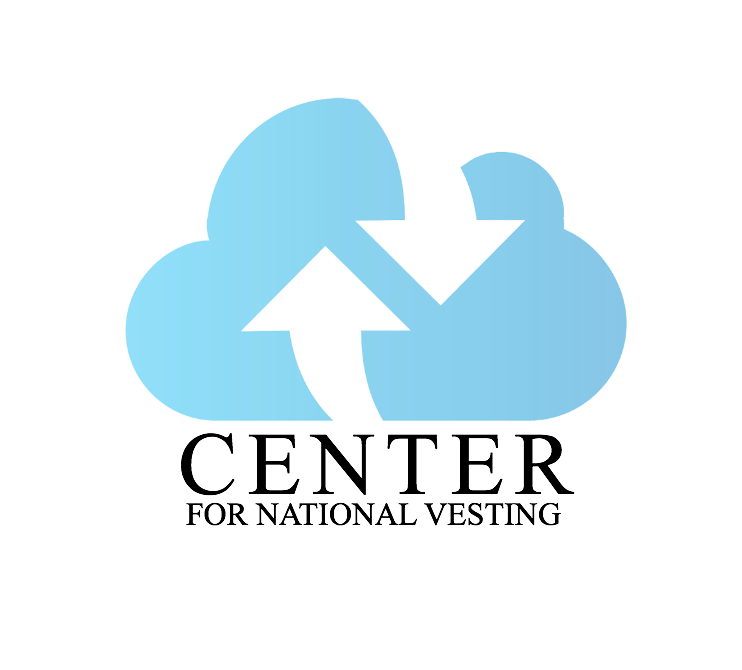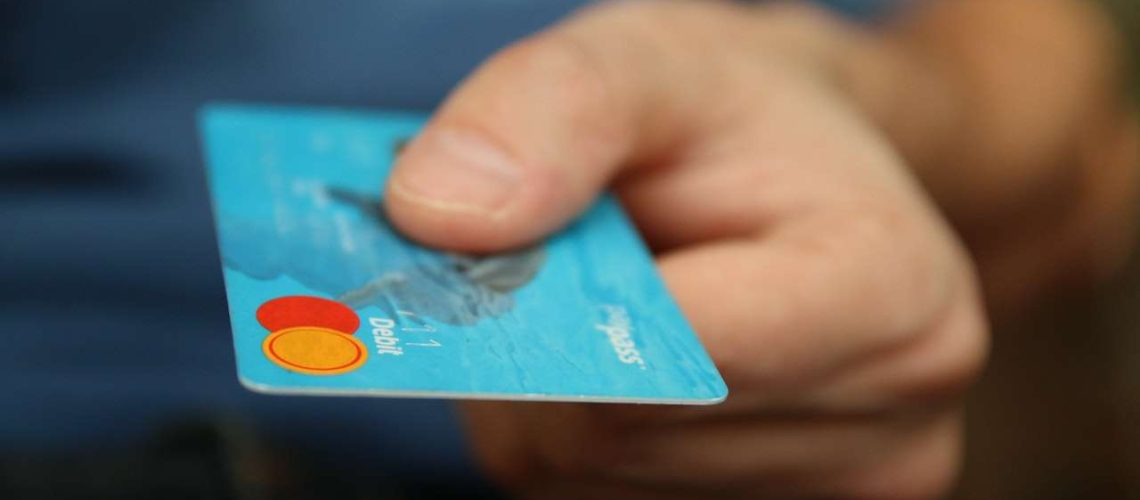Vested economics shows that there is a way forward
The United States has a current debt load of $21 trillion and it’s growing every day. As this Jan. 22 story in Barron’s points out, the ratio of debt to national income “…is already higher than at any point since World War II.”
Despite the chasm, the Barron’s reporter presents what he says are “two compelling reasons to deficit-spend at a vast scale.”
First, he notes, the stock market suggests that public borrowing has been way too low for a long time. And second, he says, “investments that boost growth [in any number of areas]…effectively pay for themselves.”
While he makes an interesting argument that a “richer society can afford to carry more debt,” we at the Center for National Vesting believe there is a way forward with incurring little to no debt. In fact, we have details showing how we propose to eliminate all debt and reduce or eliminate some personal debt such as medical debt. It may sound far-fetched, but we can show you how we propose to do it.
The bottom line: We believe there is a way to provide debt relief with vested economics. National Vesting enables us to equitably distribute a percentage of workforce contributions to Market Surplus (i.e., excess production in our economy) back to the workers that contributed to it. This market surplus is estimated at $15 trillion and it is growing daily.
Our economy certainly requires that people participate. Without participation in the economy, retail sales will suffer mightily.
In a vested economy, it is possible to reduce the debt burden on individuals and businesses, which would stimulate retail sales.
And that’s how we can begin to solve the nation’s debt issue.

